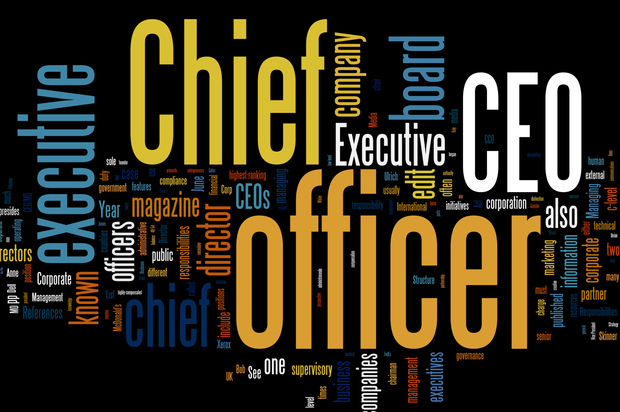Every individual leads and is lead in return, day after day. Top down, lateral, bottom up, disciplinary, technically, in different roles, contexts and structures. Whether one is legal guardian for one’s own children, functions as the employees’ superior, is a temporary member in a project-team, in the role of a service provider for internal or external clients, or a consulting mentor – the fact of leadership remains.
Leadership is the mirror of our culture and our society. Experimental research concerning leadership and its various projections has proven to verify this thesis. In the past, the leading role’s persona was the main focus. What followed, were initially behavior related (employee –vs. task orientation) approaches, whereas later on contextual parameters of leadership were considered. Nowadays, research understands leadership more like a bidirectional relationship between the executive manager and his employees.
The end of the industrial era has brought about a considerable transformation in organizational structures. An increase in diverse working modes (full-time jobs, temporary projects, freelance work and temporary employment) has been effectuating a rise in the internal degree of flexibility.
Dynamic industrial relations have reached a heightened frequency, enforcing employees and executives to frequently retune their behaviors’ towards one another and adjust to new forms of leadership efficacy. Those executives are sought after, who are able to comprehend, affect, motivate and emotionally reach their employees, so as to generate high performance, which coincides with pleasure and purpose in terms of further development.
But how exactly does leadership work in flexible structures? Above all, is the pretense of reaching a progressive development even realistic in this constellation?
Julian Birkinshaw, professor for strategy and entrepreneurship at the London Business School stresses (in an article for Forbes Magazine in 2013) that concentrating on a capable Interim Manager is worthwhile also for permanently placed managers in the company. Why so? Because Interim Executives must master the following convention in their working model:
„First, do no harm. Every executive, whether interim or permanent, should have these four words etched on the back of their iPhone. So when starting a new job, your first priority is to figure out what is already working, without your input that needs to be maintained. Then, plot the minimal number of interventions you need to make to sort out the problems. In the world of management, less is more.”
Birkinshaw (2013) postulates that the prior conditions to Interim Managers’ success are the following:
- They were focused on getting things done, on making the trains run on time
- They had no personal agenda, no grand vision for the business (…), simply a clear and consistent implementation plan
- They were genuinely intent on working themselves out of the job
From a specialized interim provider’s point of view, the assessment of project outcome is crucial in day-to-day business. Sadly, the spectrum of terrific, as opposed to shipwrecked projects is vast. Especially in these cases, it is worthwhile to take a close look at the origin of these failures. Not in every case is the interim manager to be blamed. More often than not, the projects were launched deficiently and consequently doomed from day one. Experienced providers are capable of identifying these patterns prematurely, and in effect they offer advice to their clients in order to touch up the process.
The secret to a successful project lies in the trustworthy selection of the ideal candidate, made by both corporate decision maker and respective provider. The onboarding process may begin as soon as the optimal interim manager has been selected. In the best case scenario, after 3-6 weeks a sworn circle, consisting of the interim manager, employees, the client as well as the provider, will not only have been established but also manifested throughout the entire process.


